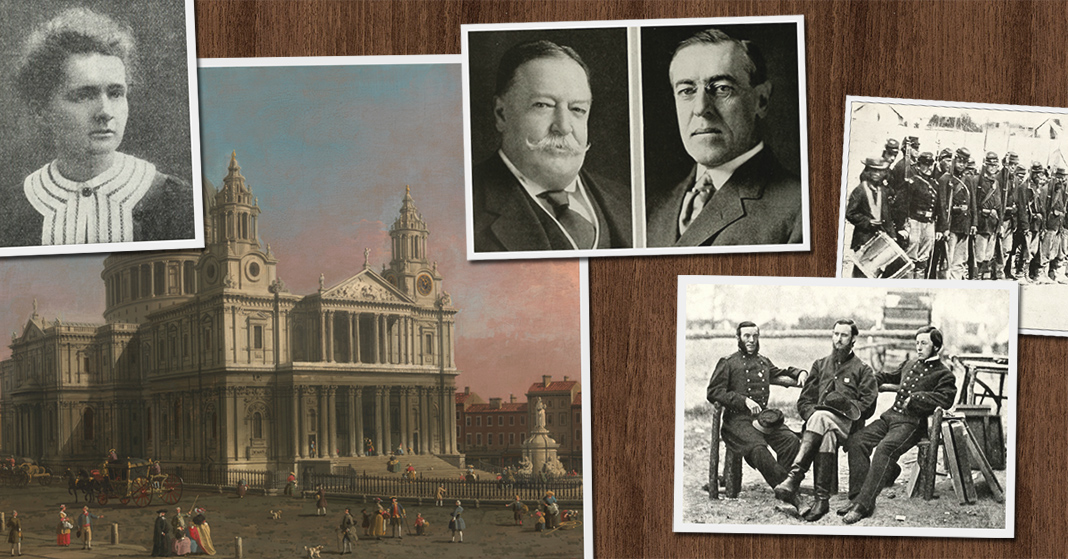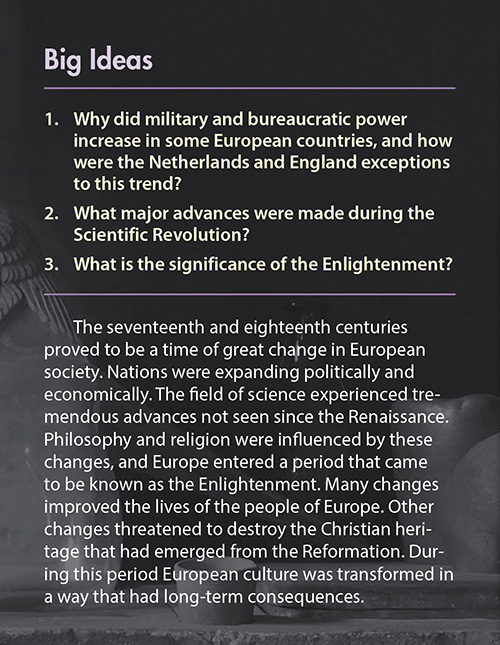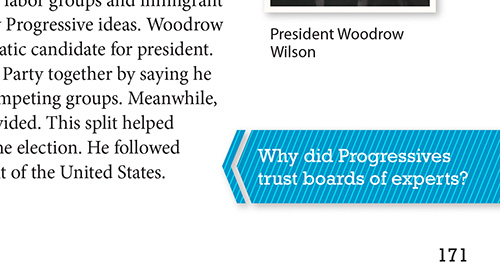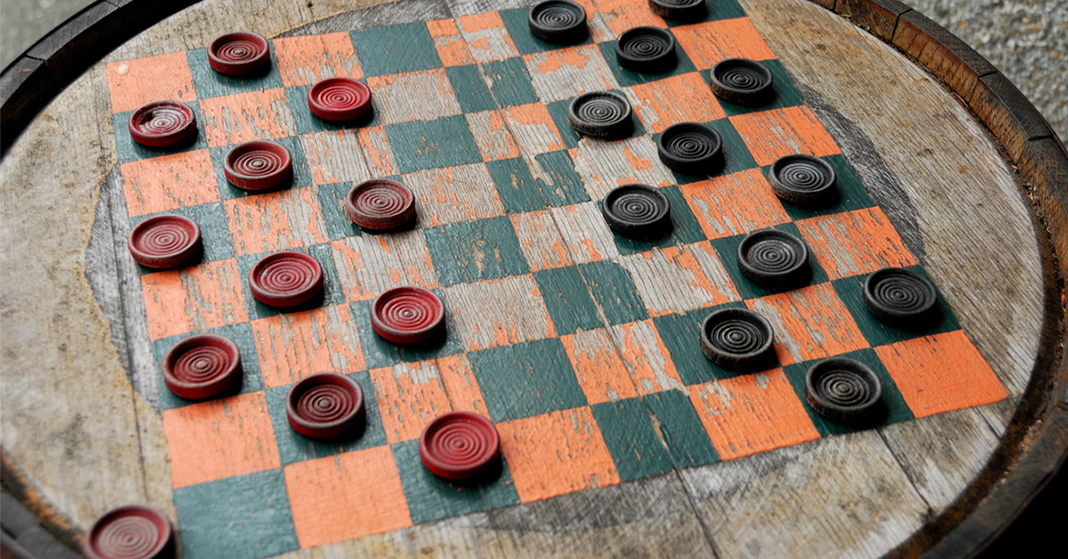
New video courses are available for homeschool families! Each course includes age-appropriate segments, opportunities for hands-on learning, and video demonstrations. We’re excited to use some colorful new textbooks and materials with several of these courses. If you’d like to get a sneak peek at these courses, we’ll be introducing them all on our Facebook page, and you can look for the sample videos on our website!
Upcoming Video Courses for 2020
Focus on Fives with Mrs. Rulapaugh
This past year, Megan—one of our blog writers—had an opportunity to use the new Focus on Fives materials with her daughter for K5. Because of her experience with the textbooks, she’s had a wonderful time with her daughter. On the other hand, the video course gives you an opportunity for the same experiences with the added benefit of having a teacher. This new video course takes advantage of the materials for an exciting introduction to early learning. Mrs. Rulapaugh, who also teaches K5 Math, prepares her students for first grade with lessons in phonics and reading as well as heritage studies and science. This course is absolutely packed with exciting video segments that keep kids engaged and learning. It has animated stories and songs, biblical themes, phonics stories, science explorations, activities with Hopscotch, and more.
A day’s worth of lessons averages 60 minutes, but children will have many opportunities for breaks, games, and activities that keep them having fun. Mrs. Rulapaugh is excited to help her students love learning!
Reading 3 with Mrs. Walker
Kids who enjoyed Reading 2 with Mrs. Walker will be excited to join her again for Reading 3! This course uses Adventures in Reading 3 (3rd edition) with a travel theme. Mrs. Walker wants to inspire wonder and discovery in her students as she embarks on thoughtful discussions about each reading. As they journey through the material, children will have an opportunity to practice critical thinking and phonics skills. In this reading adventure, each lesson will include colorful segments of animated poems, story times, and more. As always, Mrs. Walker ends her lessons with a giggle to bring fun and joy to learning!
Pre-Algebra with Mr. Harmon
In this new Pre-Algebra video course, Mr. Harmon seeks to help students understand math by using simple explanations with real-life examples. Students will expand on the concepts they learned with him in Fundamentals of Math so that they can be prepared for Algebra 1. Math-Splaining segments use an illustrative approach to explain difficult math concepts for students.
United States History with Mrs. Bullock
A history class should be far more than a dry recitation of dates and facts. Mrs. Bullock encourages her students to get into the minds of historic figures so they can consider the thoughts and attitudes that led to events in American history. In addition to knowing the facts, she also wants her students to ask why things happened the way they did. This course uses the new United States History (5th edition) materials and covers history from the discovery of the American continents through to the present day. Mrs. Bullock includes segments that offer glimpses into the lives of American families, present unique historical perspectives, bring primary source documents to life, and provide dramatic readings of speeches.
Spanish 3 with Mrs. Kuhlewind
This course builds on the principles Mrs. Kuhlewind introduced in Spanish 2 and continues to help students develop skills in speaking, reading, listening, and writing. Her goal is for her students to become comfortable with a new language so that they can have confidence in using their new language skills. To that end, Mrs. Kuhlewind’s segments offer opportunities for Spanish listening and vocabulary building. The segments also provide introductions to Spanish cultures, architecture, cooking, and dialects.
Please note that this course will only be available as an online video course. A DVD option will not be available at this time.
Precalculus with Mr. Matesevac
The key to success in advanced mathematics is perseverance. Mr. Matesevac encourages his students to press on to master the challenging concepts of Precalculus so that they will develop wisdom and maturity. For students who apply themselves, this course provides a solid foundation for college-level math. Students will use the new Precalculus (2nd edition) materials which balance study of the foundations of calculus with practical, real-world applications. Mr. Matesevac works out difficult problems through Math Applied video segments to give students a different perspective on each problem.
Please note that this course will only be available as an online video course. A DVD option will not be available at this time.
Our team has been working hard to develop these video courses and fill each lesson with useful segments. We can’t wait to share them with you and your children! Which course are you most excited for?



